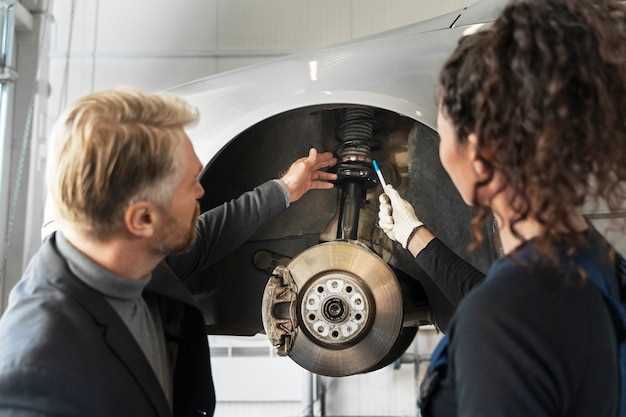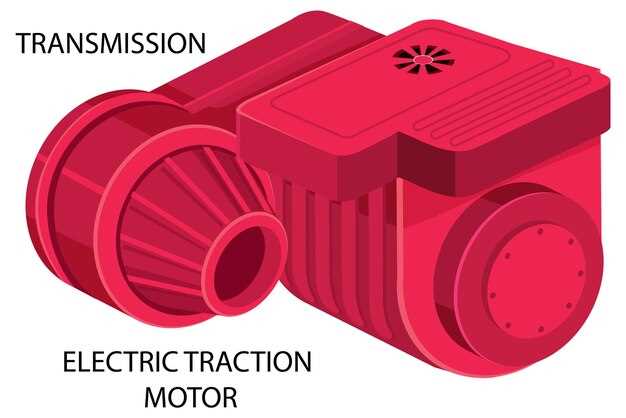

In the world of automotive performance, turbochargers and superchargers are two popular technologies that boost engine power and efficiency. While both serve a similar purpose of enhancing the air intake in an engine to increase its output, their mechanisms and performance characteristics differ significantly. Understanding these differences is crucial for anyone looking to optimize their vehicle’s performance.
A supercharger is a mechanically driven device that compresses the air entering the engine, providing a direct boost to power output. It is typically driven by the engine’s crankshaft through a belt or chain, leading to an immediate response in power delivery. This means that as soon as the accelerator is pressed, the supercharger kicks in, providing instant power. However, this method can also lead to increased load on the engine, which can affect fuel efficiency.
On the other hand, a turbocharger harnesses the energy from exhaust gases to spin a turbine that forces more air into the engine. This process can result in greater efficiency and higher power output, particularly at higher RPMs. However, one of the main characteristics of turbochargers is ‘turbo lag,’ which refers to the delay in power increase as the exhaust gases build up enough pressure to activate the turbine. This difference in operation creates distinct driving experiences and makes each option preferable for different types of performance needs.
Performance Impact: How Turbochargers and Superchargers Affect Engine Output

Turbochargers and superchargers both serve the primary function of increasing engine output by forcing more air into the combustion chamber. However, their methods of operation and performance outcomes differ significantly.
- Power Delivery:
- Turbochargers: They utilize exhaust gases to spin a turbine, thereby compressing incoming air. This process often results in a delayed response known as “turbo lag,” where acceleration may lag until enough exhaust flow is generated.
- Superchargers: Driven directly by the engine’s crankshaft, superchargers provide immediate power increases without any lag. Their seamless power delivery makes them ideal for applications requiring instant throttle response.
- Boost Levels:
- Turbochargers: Generally capable of producing higher boost levels compared to superchargers, leading to greater potential power gains. This capability often allows turbocharged engines to generate substantial horsepower increases without significantly increasing engine displacement.
- Superchargers: While they can also significantly enhance engine power, the boost levels are usually lower than those of turbochargers. However, they maintain consistent boost across all RPM ranges, making power delivery smooth.
- Fuel Efficiency:
- Turbochargers: By using exhaust gases to increase engine efficiency, turbochargers can enhance fuel economy under certain driving conditions. They usually outperform supercharged systems in terms of efficiency, especially in smaller displacement engines.
- Superchargers: While offering enhanced power, superchargers consume engine power from the crankshaft, which can lead to decreased fuel efficiency, particularly at lower RPMs. The benefits are often seen in performance rather than efficiency.
- Heat Generation:
- Turbochargers: Generate substantial heat, which can lead to increased risk of engine knock if not managed properly. Additional cooling systems may be necessary to ensure stable performance.
- Superchargers: Also produce heat but are generally easier to manage since they do not rely on exhaust gases for operation. Their design allows for better integration of cooling systems.
In summary, while both systems enhance engine output, the choice between a turbocharger and a supercharger ultimately depends on desired performance characteristics, driving style, and the specific needs of the vehicle application.
Installation and Maintenance: Comparing the Complexity of Turbo and Supercharger Systems

When considering forced induction systems, installation and maintenance complexity plays a significant role in the decision-making process. Turbochargers and superchargers each come with their unique challenges and benefits in these areas.
Turbochargers are generally more complex to install due to their reliance on exhaust gases for power. This means that a proper exhaust system must be integrated, which can require significant modifications to the vehicle. Additionally, turbo installations often necessitate the addition of oil feed and return lines, as well as intercoolers for efficient cooling, further complicating the setup. The need for precise tuning can also drive up installation time and cost.
On the other hand, superchargers are typically easier to install. They are mechanically driven by the engine’s crankshaft, meaning they often bolt directly onto the engine without extensive modifications to the exhaust system. This direct connection simplifies the installation process. However, some supercharger systems still require modifications to the intake system and, depending on the type, might necessitate changes to the engine’s internals for optimal performance.
Maintenance is another crucial factor to consider. Turbocharging systems may require more regular upkeep due to their reliance on oil and cooling systems. Issues like boost leaks or turbo failures can necessitate complex repairs, involving the disassembly of several engine components. Frequent inspection of the exhaust system and the intercooler is also vital to ensure optimal performance and longevity.
Conversely, superchargers often have less frequent maintenance needs. They tend to have fewer points of failure, although belt wear and maintenance of the supercharger drive system must be monitored. Regular inspection of supercharger oil and checking for any signs of leaks is advisable to maintain efficiency.
In summary, while turbochargers offer high performance gains, their installation and maintenance can be more complex and time-consuming compared to superchargers. Supercharger systems benefit from relative simplicity in both installation and upkeep, making them a popular choice for those seeking a straightforward boost in performance.
Fuel Efficiency: Understanding the Differences in Consumption Between Turbos and Superchargers
When comparing turbochargers and superchargers, fuel efficiency emerges as a critical factor for drivers seeking optimal performance without excessive fuel consumption. Both technologies serve the same primary function: increasing engine power by forcing more air into the combustion chamber. However, their impact on fuel efficiency varies significantly.
Turbochargers harness exhaust gases to spin a turbine, which in turn compresses incoming air. This process can lead to improved fuel efficiency, especially in smaller engines, allowing them to generate more power without increasing displacement. Because turbos utilize waste energy, they can enhance overall efficiency. When properly designed and tuned, a turbocharged engine can yield a higher power-to-fuel consumption ratio, making it an attractive option for performance enthusiasts and those looking to save on fuel costs.
In contrast, superchargers are mechanically driven by the engine’s crankshaft. This direct connection means that they require power to operate, which can detract from fuel efficiency. While superchargers provide immediate power boost and throttle response, they often come at the expense of fuel economy, particularly in scenarios where the engine runs under lower loads. The additional power required to drive the supercharger may lead to higher consumption, especially during regular driving conditions.
Additionally, in terms of real-world application, turbos tend to excel in fuel economy during highway driving due to their ability to adapt to varying loads and driving conditions. On the other hand, superchargers may offer better performance in short bursts, which can be advantageous in racing or high-performance scenarios, but this often means sacrificing efficiency in everyday use.
Ultimately, the choice between a turbocharger and a supercharger will depend on the driver’s priorities–whether they value fuel efficiency or the immediate power delivery that comes with a supercharger. Understanding these differences is essential for making informed decisions about engine modifications and tuning.






